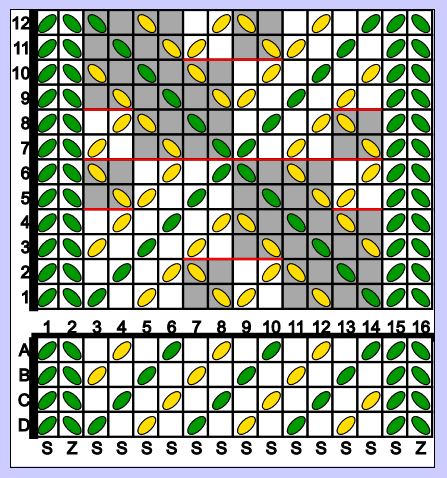I had seen a couple questions recently about grave digs. “Why,” they ask, “are they digging up GRAVES?” Graves are only one thing that an archaeologist will excavate; they will also carefully, respectfully, and diligently sift through former homes, farmsteads, garbage dumps, and cesspits (toilets). Their job is to piece together human history and prehistory, learning about their lives through the shape and size of their homes, the layout of their villages, their places of worship, the contents of their pantries, the types of ceramics used, ornamentations they wore or treasures they kept, the animals they raised, the clothing they wore, and so much more. This is largely accomplished by excavating these sites, which also include tombs and burial grounds because humans have a long history of burying items with the person who has died—either because it is important to them or their community, or will be important in the afterlife according to their faith. These objects can tell an archaeologist a lot about the people who lived then.
But is it science? Or thievery? Well, some people think there is a fine line between archaeology and grave robbing, but really, it’s pretty simple—archaeologists intend to use the artifacts they uncover to learn about human activity in the past, while grave robbers are motivated by selling their findings for profit. Essentially, if you have gotten permission from the government to dig in an area, and those items that are found are cataloged, preserved, and stored properly, it’s archaeology. If you’re just digging for treasure in the cover of darkness, it’s robbery.
A number of tombs in Egypt were robbed within days—or even hours—of being sealed up with the freshly embalmed pharaoh inside. The treasure stolen, melted down, and sold for profit. A few—a very few—had been hidden well enough to be discovered in more recent history, like King Tut’s tomb, found in 1923, the contents of which have been preserved and displayed for millions of people to see and marvel at. I was lucky enough to see one collection that toured through Seattle a few years ago.
There is a great movie on Netflix called The Dig, which is a true story about the Sutton Hoo Ship burial found in Suffolk, England at the dawn of WWII—1938. Now, the completely irrelevant love story on the side is thrown in there as a draw for modern audiences (and is mostly fictitious), but most of us came here for the history and archaeology, because that is the interesting part anyway, right? The Sutton Hoo ship is another grave dig that contained a massive hoard of artifacts that gives us a remarkable insight into the life of 7th century Anglo-Saxon life. These pieces are all part of the British Museum and is on my bucket list of places to visit.
This piece I’m showing you today is another such grave find, dated to the 11th century in Latvia. The garment—whatever it is (I had a lot of difficulty translating this) was made in dark blue wool, and it was decorated with tablet weaving, and the ends are adorned with brass hoops. It was found in Priednieki, Latvia, near the Daugava River. The item is from the grave of a Selonian man, Selonians being a tribe of people that lived between present day Latvia and Lithuania. Not much is known about this Baltic tribe except that they had been around since at least the 1st millennium AD when they lived on both sides of the Daugava River. By the 6th and 7th centuries, their settlements were found only on the left bank of the river. In the late Iron Age, these people had already partly merged with the Latgalians, and by the 13th century, they were conquered and agreed to be Christianized and ruled by the Germans. The last mention of the Selonian people is in the 15th century.
This is another skip-hole weave and most times I’ve seen people do it in two colors. The original, however, is three-colored, so feel free to add a third color if you choose.
As part of the Laurel Kingdoms project, this piece celebrates the Kingdom of Trimaris, created in 1985. It is made up of Florida and Panama, but also claims Antarctica, much to the consternation of the Kingdom of Lochac (Australia), who apparently claimed it first (and let’s be honest–they’re closer). Also, the Kingdoms aren’t just about warring over lands—while Ansteorra (Texas) claims the International Space Station, a triskele—the symbol of Trimaris, was sent into space on a shuttle, so Trimaris claims space. Houston, we have a problem.
This is starting to look a lot like Medieval Star Wars. Granted, Star Wars characters already wear tunics and cloaks…so we were halfway there already. Art imitating life imitating art… Their colors are blue and white.

I hope you enjoy weaving this pattern! It’s much faster than the Mammen pattern from last time, so I’m making a lot of progress already! Enjoy!
Elewys

